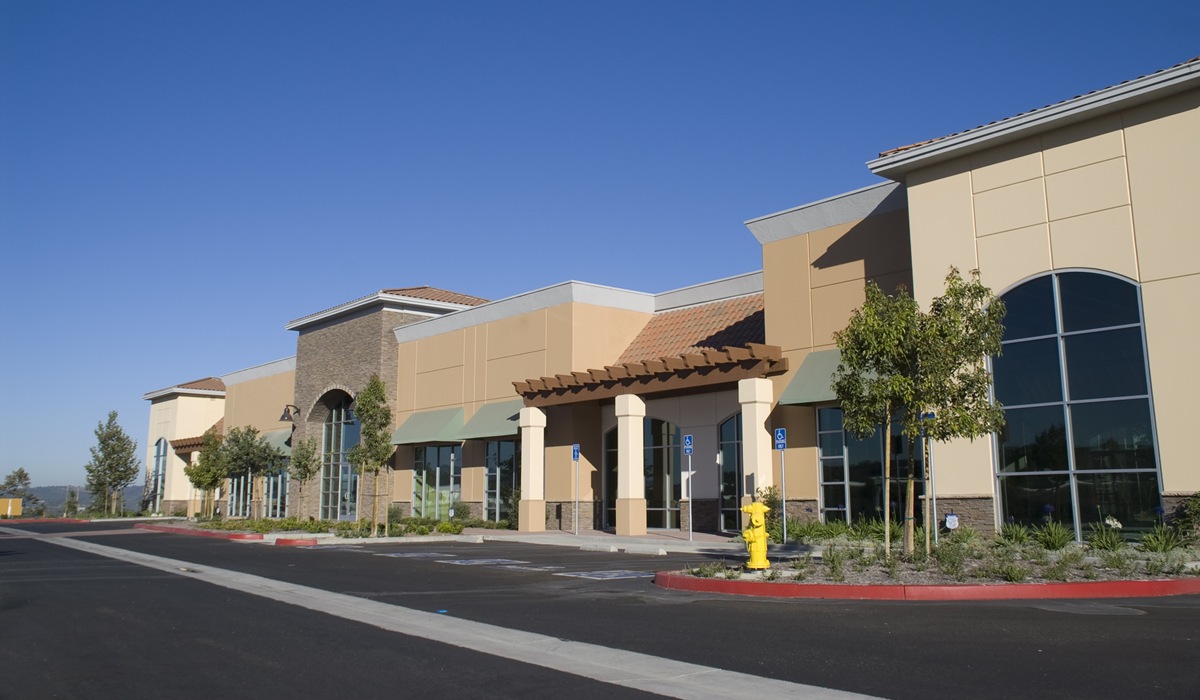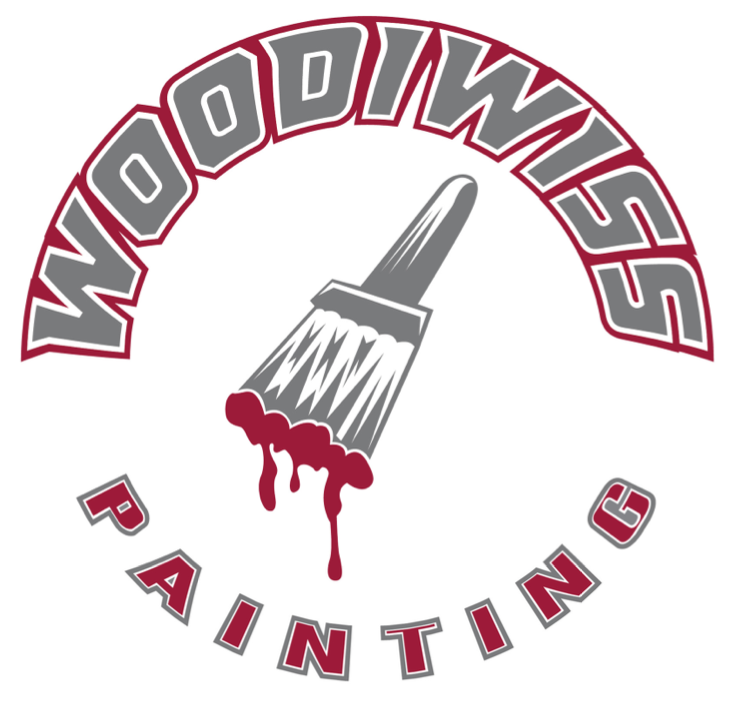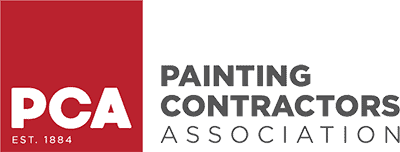Getting ready for exterior commercial painting isn’t just about picking a color. It’s about preparation. And knowing how to prepare a building for painting can save you money, reduce downtime, and make sure the finished job looks amazing and lasts longer.
As a business owner, you want your property to reflect professionalism. That starts with a fresh coat of paint—but only if the surface is prepped the right way.
Key Takeaways:
- Proper prep leads to a longer-lasting paint job.
- Cleaning, repairing, and priming are essential steps.
- Hiring pros saves time and protects your investment.

Why Prep is Important for Exterior Commercial Painting
You might be tempted to jump right into painting, especially if the building looks like it just needs a quick touch-up. But preparation is the most important part of the job. It ensures that the paint sticks properly and that the surface doesn’t peel, crack, or blister after just a few months.
Prepping also helps identify underlying issues like rot, mold, or cracks in stucco or siding—problems you don’t want to paint over.
Step-by-Step: How to Prepare a Building for Painting
Let’s break it down step by step so you know exactly what to expect.
1. Inspect the Building
Walk around the entire exterior. Look for:
- Cracks or holes in the walls
- Mold, mildew, or water stains
- Loose or peeling paint
- Rust on metal surfaces
If you find issues, document them. This will help you (or your painting contractor) create a plan.
2. Clean the Surface
Dirt, dust, and grime can prevent paint from adhering. Pressure washing is usually the best method for commercial buildings. It removes built-up pollutants, bird droppings, and even graffiti.
Make sure to:
- Use a detergent designed for exteriors.
- Let the surface dry fully before moving to the next step.
3. Repair and Patch
You can’t paint over damaged materials. Make sure to:
- Patch stucco or concrete cracks.
- Replace damaged siding or trim.
- Sand down rough or uneven areas.
Don’t forget to seal gaps around windows and doors with caulk.
4. Scrape and Sand Old Paint
Peeling or flaking paint must be removed. This step is time-consuming but critical.
- Use a paint scraper or wire brush.
- Sand the edges for a smooth transition.
Safety tip: If the building is older, test for lead paint.
5. Prime the Surface
Primer helps paint stick and seals porous surfaces. It also improves durability.
- Choose a primer suited to your building material (brick, wood, metal, etc.).
- Consider tinted primer if changing from a dark to light color (or vice versa).
6. Protect the Surroundings
Before the painting begins, make sure nearby areas are covered:
- Tape off windows, doors, and fixtures.
- Cover landscaping, sidewalks, and signage with drop cloths.
Professional painters often use commercial-grade coverings to avoid any mess.

What Business Owners Often Miss
Here are a few things that can trip up even the most prepared business owner:
- Weather Conditions: Paint needs dry weather—no rain or high humidity. Humid or rainy conditions can cause the paint to bubble or not cure correctly, leading to poor results.
- Permit Requirements: Some cities require permits for exterior painting. Failing to secure proper permits may lead to fines or delays, so always check with your local building department.
- Paint Quality: Commercial-grade paint lasts longer and resists UV damage. Investing in high-quality paint ensures better coverage, longer durability, and a more professional finish.
Planning with these in mind will prevent costly delays.
Should You Hire a Professional?
Yes. Even if you’re handy, exterior commercial painting on a large building requires experience, the right tools, and insurance coverage. A licensed painter will:
- Handle prep work thoroughly.
- Use lifts or scaffolding safely.
- Know which products work best for your building.
Most importantly, they’ll finish the job faster and with better results.
Prep = Long-Term Savings
Skipping prep work might seem like a money-saver, but it almost always costs more in the long run. A poorly prepped surface can cause the new paint to fail prematurely, leading to peeling, cracking, or fading within a short period. When that happens, you’ll not only face the cost of redoing the job, but also potential disruptions to your business operations, lost productivity, and a negative impression on customers.
By learning how to prepare a building for painting, you’re taking proactive steps to avoid these issues. Proper preparation ensures a strong bond between the paint and surface, enhances durability, and maintains your building’s appearance for years to come—ultimately saving you time, money, and hassle.
Ready to Give Your Business a Fresh Look?
Don’t risk a paint job that flakes, peels, or fades before its time. Call the experts at Woodiwiss Painting to handle your building prep and painting from start to finish. Our team ensures top-quality work with minimal disruption to your operations. Get in touch today at 925-489-0941 and let us help your business look its best.



